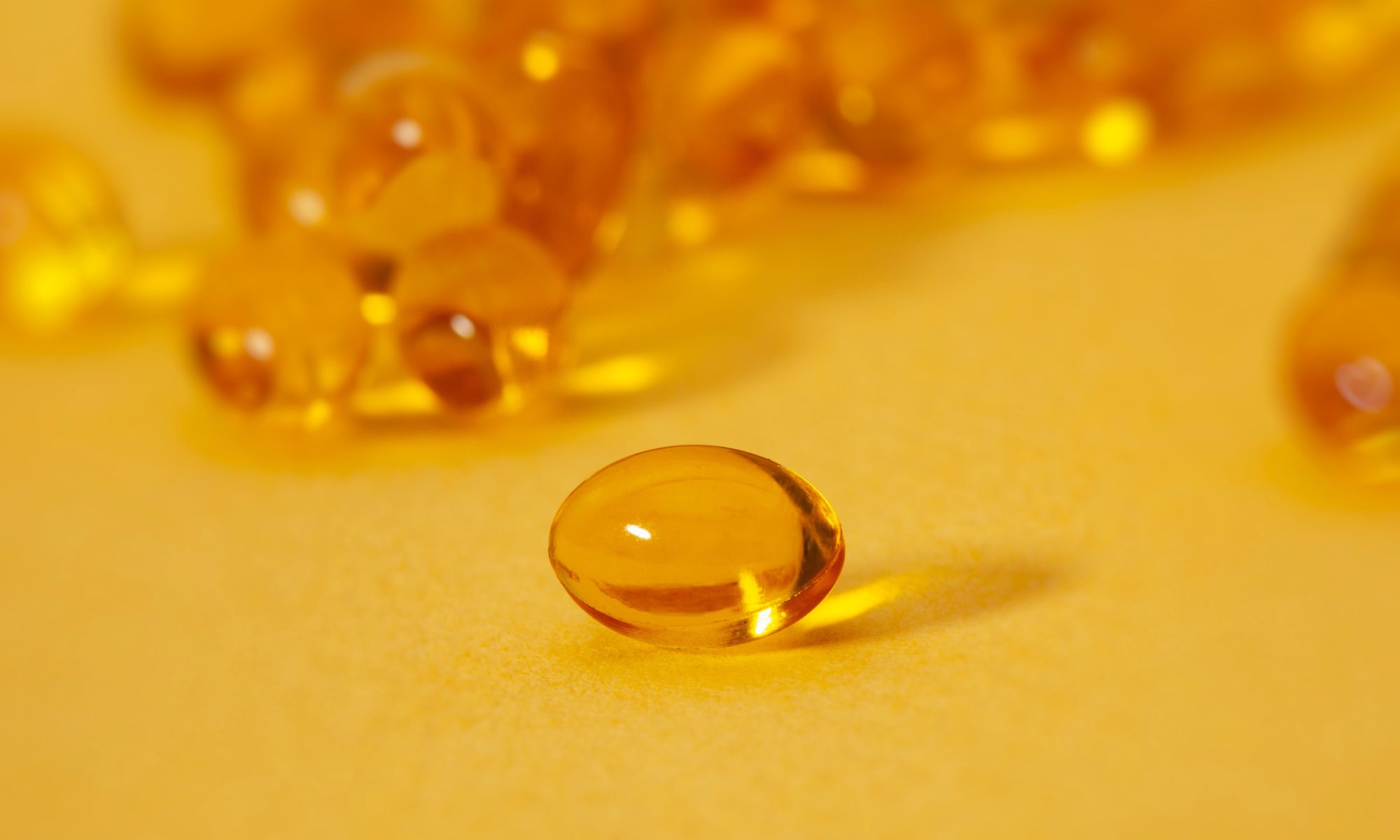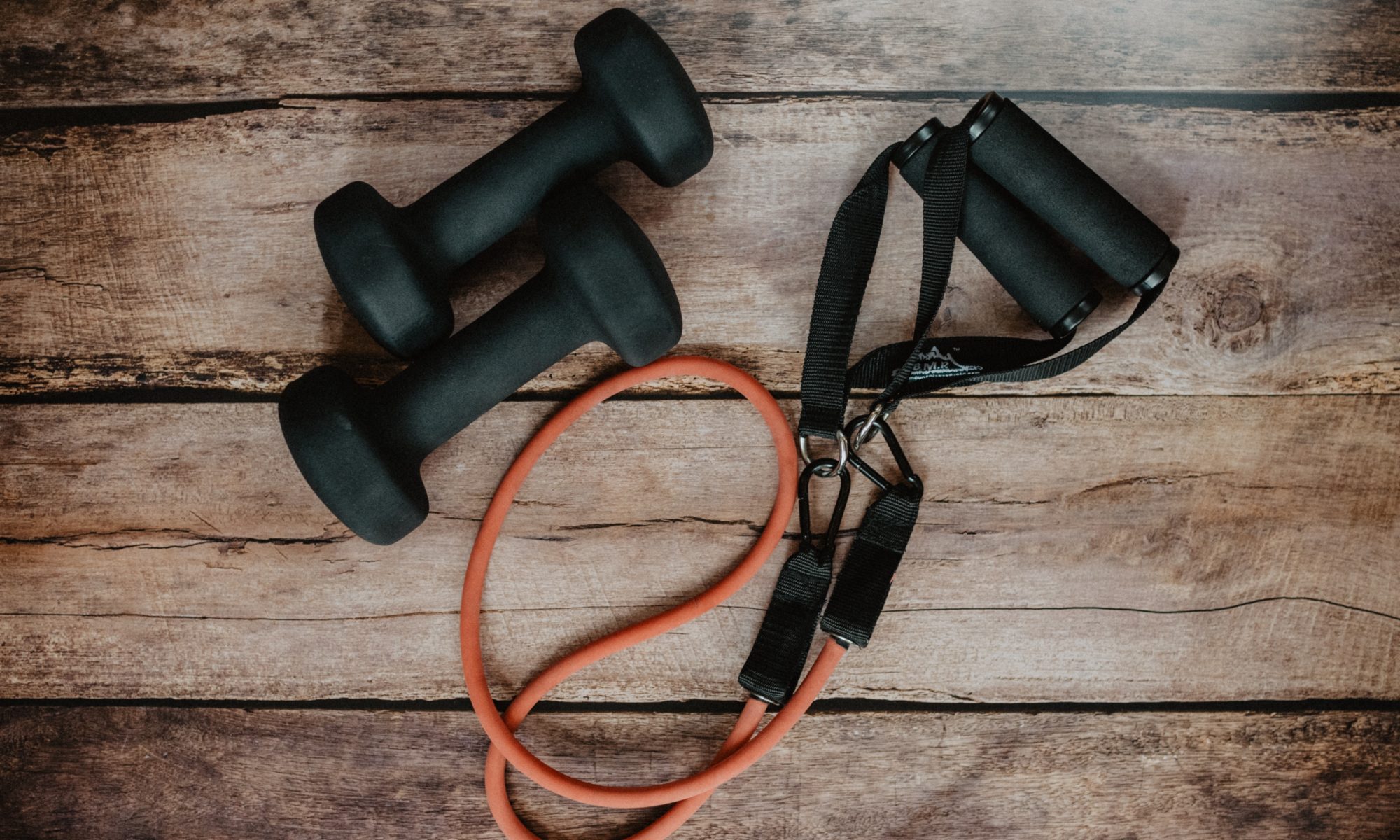Everyone loves vacation. Some families prefer tropical getaways and others adore the Rocky Mountains. My favorite memory is a time our family visited the Amazon rainforest, swimming in a cove with lush plants and waterfalls. These trips all have something in common: beautiful nature.
What Are the Health Benefits of Nature?
The effects of nature are so positive that doctors are starting to write prescriptions for ecotherapy, or nature trips:
- Fighting stress and depression: One of the biggest benefits of being in nature is that it improves your mood. Stress, anxiety and depression practically disappear. You feel relaxed, positive and energized.
- Increasing your sense of wellbeing: Studies show that people who spend time in nature are more likely to feel deep satisfaction, meaning and joy in life.
- Protecting your body: People who spend time outdoors every week have a lower risk of heart disease, respiratory problems, diabetes and overweight.
- Strengthening your immune system: An excursion into the woods or a weekend at a national park can boost the effectiveness of your immune system, helping you stay healthier.
- Relieving pain: When you get plenty of sunlight, it can trigger pain relief for your entire body. In fact, these rays may even increase healing, curing cuts and some injuries more quickly.
You don’t need to go it alone to improve your health. An enjoyable outing with friends or family members can actually increase the mental, physical and emotional benefits you receive.
[insert page='Offer' display='content']
Why Is Nature So Good for You?
Think back to the last time you visited a park, beach or forest. First, imagine the sights. Do you see gorgeous fields of wildflowers, colorful hummingbirds or majestic mountains?
The reason beautiful vistas are calming is because they interrupt the negative thoughts that stress makes you replay over and over in your mind. Nature captures your attention and gets you to focus on something positive, interesting and wonderful instead.
Now, remember the scents. Do you smell a salty ocean breeze, fresh green plants, delightful roses or irresistible cedar?
These aromas do more than tempt your nose. They contain natural aerosols, tiny bits of essential plant oils, that can trigger certain hormones in your body. That’s one reason why pine forests are so calming.
What about the sounds? Can you remember the chirping of birds, the gentle rustling of leaves or the smooth crashing of waves at the ocean?
Nature sounds are proven to have a soothing effect on your brain, making you feel relaxed and helping you sleep better at night. Even the absence of sound is enjoyable, that total peace and quiet you only find in nature.Where Can You Go?
Going outdoors doesn’t have to be complicated. The important thing, according to studies, is to get at least two hours of ecotherapy every week. The two hours can be split into 20 minutes every day or a full morning on the weekend.
Go for a walk in the park or plan a bonfire with friends in the country. National parks are the purest form of nature, but not everyone lives close enough to go regularly. If you have woods near your house, enjoy a hike through nature trails. Take a trip to the beach or the lake.
Get as far away from the noise pollution and air pollution of the big city as possible. You can even get benefits by working in your garden or watching hummingbirds on your patio. Don’t plan too much — just do it!
Do you have a favorite nature getaway you want to share? Tell me about it in the comments below!










